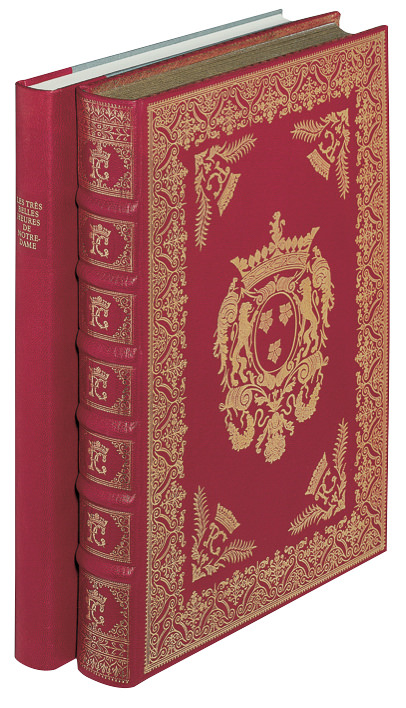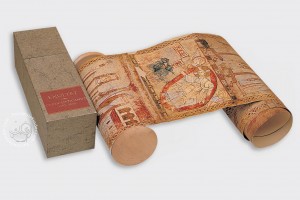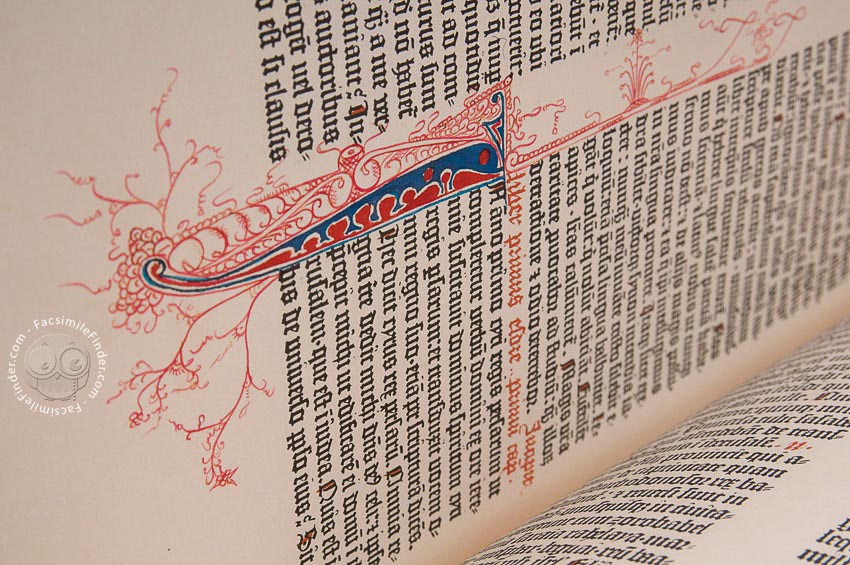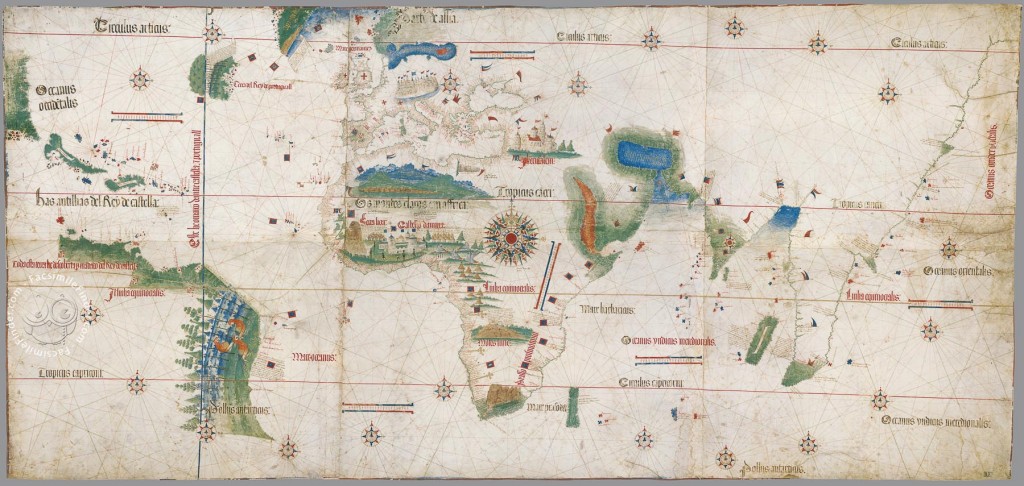Following the invention of fax machines, the original meaning of the word facsimile was somewhat lost. However, allow us to shed a bit of light on the more specific meaning of widely-used word that gives name to a very special type of publication.
A facsimile edition is the reproduction of a physical object, namely an ancient document. However, the generic name for the reproduction of other physical objects, such as statues, jewelry, or art is replica.

The replicated ancient document may come in different forms: codex (pl: codices. i.e. the book as we call it today), a scroll, a fragment, large map, etc.
Ideally, and following the etymology of the word, a facsimile is as close as possible to the original object it was created to replicate.
How can we possibly think that a digital image is “made alike” to an illuminated manuscript?

The word facsimile comes from the Latin words “fac” (make it, or made) and “simile” (similar, alike); therefore its original meaning is “made alike”.
Today the word facsimile is used for high quality reproductions of illuminated manuscripts, all the way down to xerox copies of documents.
The most misleading use of the word I’ve recently heard is “digital facsimile”: how can we possibly think that a digital image is “made alike” to an illuminated manuscript?
What Makes of a Copy a Good Facsimile?
We can only speak of a facsimile when it is modeled on a unique original, a unicum.

The reproduction of a previously duplicated original (identical copying is only feasible with printing) is called a reprint, even when the copy strives to be identical in form and image to the original.
Of course, the boundaries are fluid, such as in the case of incunabula, which are enhanced artistically with individual ornamentation and imaginative pictorial decoration. We only need to recall the various exemplars of the Gutenberg Bible, all of which are regarded as unica.
To produce a good facsimile, a publisher should employ all technologies and expertise needed to create a reproduction as close as possible to the original document in all aspects, including physical appearance.

A Classic Definition of Facsimile: Manfred Kramer
Dr. Manfred Kramer, a professor at the University of Graz (Austria) and formerly Director of Faksimile Verlag, wrote a famous definition:
A facsimile is the technical-mechanical reproduction of a unique, effectively two-dimensional original, which eliminates any manual copying as much as possible, retains a maximum of the original’s intrinsic and extrinsic criteria, uses all available technical means that guarantee the original’s preservation and accessibility and thus satisfies scholarly and artistic interests. A facsimile must be as true to the original as possible for scholarship and bibliophilia.
Coffee Table Book Titled “Facsimile of XYZ” ? No Surprise!
As said, the word facsimile has a widespread and wide-ranging use today. You can find “facsimiles” of all levels of quality, from printed pamphlets, to coffee table books, to incredibly expensive reproductions of illuminated manuscripts.
Over time, publishers tried to differentiate high-quality facsimiles from less expensive editions creating definitions such as “Fine Art Facsimile Editions” or “Museum Quality Facsimile Editions” and even the awkward “Quasi Originals”.
There’s no common, unique definition that identifies all quality facsimiles. We hope, in the future, to come up with a word, or a combination of words, to greater illuminate this niche publication field.
What would you call a high-quality facsimile?

